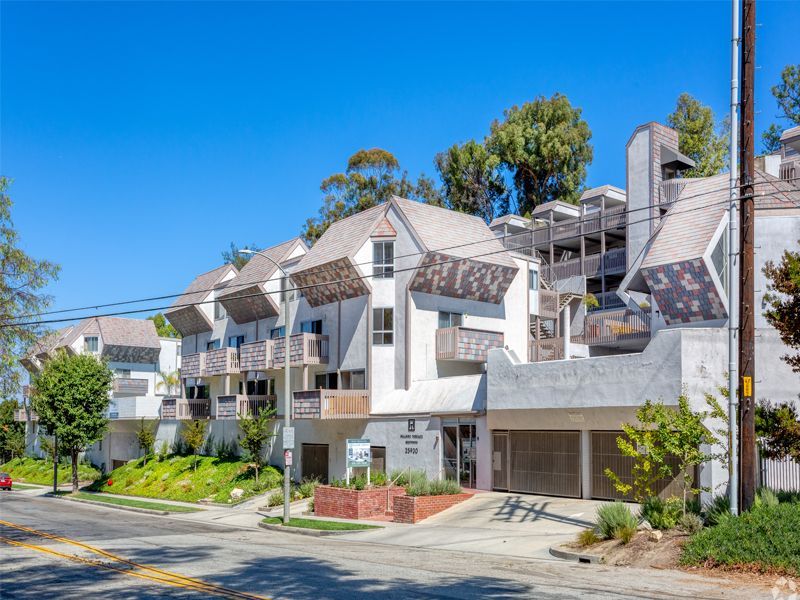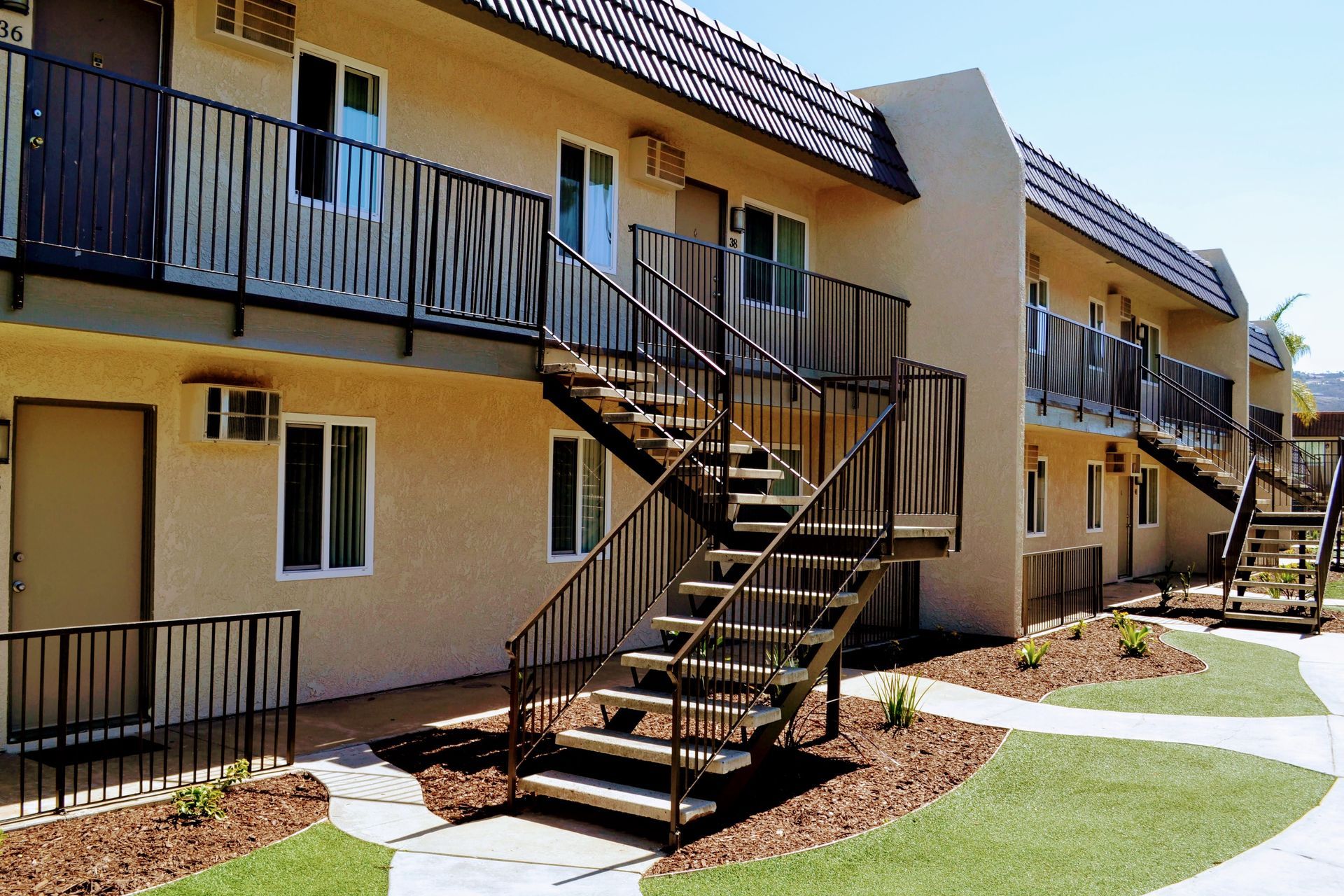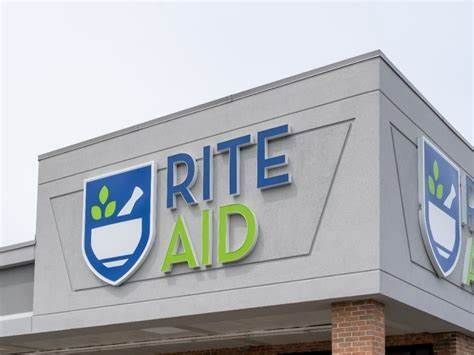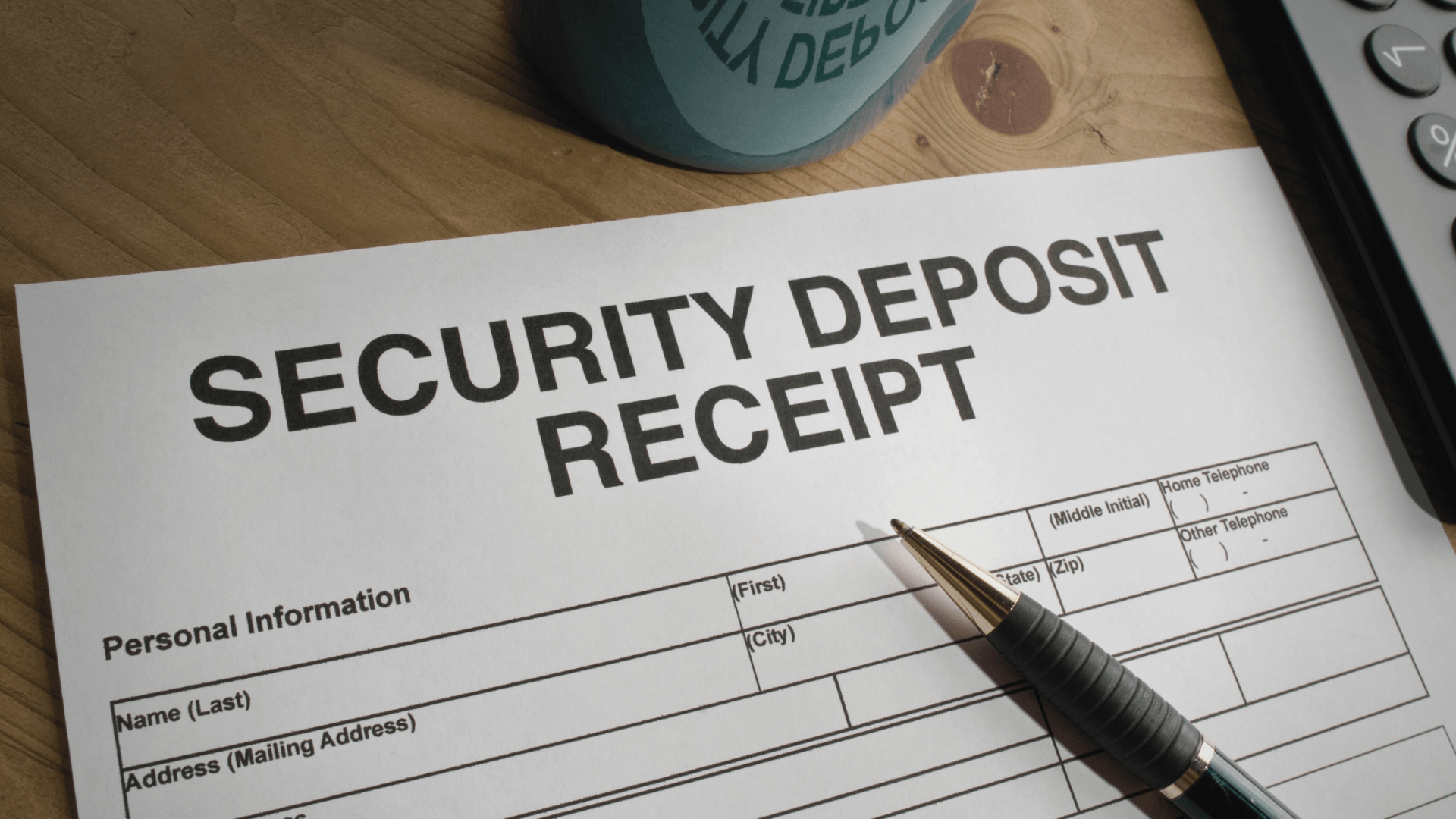Investing in and managing larger multi-family properties can feel like a very daunting task, in part because of the expenses that go into it. Oftentimes we will have clients who are either upgrading to larger multi-family properties from smaller buildings such as a set of single-family homes or duplexes, OR they have inherited an asset and are a bit nervous as to how to run that property efficiently and avoid costly surprises.
Today we are going to go over a topic that, once you understand, will help you as a multi-family investor put your mind at ease and set yourself up for success with your real estate investment. And that topic is budgeting for Capital Expenditures, or CapEx. We will go over the basics of what a CapEx budget is, why it is necessary, and how to approach it.
WHAT ARE CAPITAL EXPENDITURES?
As mentioned before, CapEx stands for Capital Expenditures. It essentially refers to the money you spend on the “big ticket” elements of your building, such as roofs, electrical systems, hot water tanks, and parking lots. As with all individual aspects of your property, these items have what is called a “useful life,” or a number of years before they inevitably need to be replaced. For example, a particular style of roof might have an estimated useful life of 25 years and, depending on when you acquire the building, you may be earlier or later into that lifespan.
BUDGETING FOR CAPITAL EXPENDITURES
Now that you have an understanding of what capital expenditure is, let’s talk about why you should be setting aside a monthly amount in order to budget for it. As you might expect, these parts of your property can be very costly to replace and, especially if more than one of them needs to be replaced within a short period of time, covering the cost by infusing your own cash into the property at the moment that these problems arise can be a strain on your real estate business. This is why it is good to take some time, calculate some costs and the useful lifespan of different parts of the building, and create a monthly budget.
One quick side note is that the amount you set aside for Capital Expenditures is separate from the amount you set aside for Reserves. The Reserve account refers to the amount you keep for emergencies that may occur at the building. Although some landlords choose to build their reserves by setting aside a portion of collected rent each month, oftentimes our clients will supply the property with a single predetermined reserve amount, as soon as they acquire the property.
How do you create that monthly CapEx budget? Generally speaking, you would take the total amount that it costs to replace something, for example a new roof, divide that dollar amount by the time it has left in its useful lifespan, and then divide that number by 12 months, to end up with a dollars-per-month amount that you should be setting aside.
For example, let's take a roof that your property inspector has suggested will have ten more years of useful life. You’ve done some digging and found that a new roof of that kind will likely cost about $20,000. 20,000 divided by 10 years is $2,000 per year, divided by 12 months per year, would leave you with approximately $170 per month.
As your tenants pay their rent and you set aside this budgeted amount, you will be building yourself a cushion of cash that will be used to replace that roof when the remainder of its 10-year lifespan is over. You won’t need to infuse any of your personal cash into the building and the cost of the item will feel much less like a big sting and more like a routine piece of maintenance.
And this is the big benefit here. Setting aside a CapEx budget gives you a bit of peace-of-mind because it takes out some of the potential feelings of chaos in real estate investing.
GENERAL ESTIMATES OF CAPITAL EXPENDITURES
So that is the basic idea behind creating a CapEx budget. In an ideal world, you would be able to accurately do this kind of calculation for every component of the building and end up with a very accurate number to budget each and every month. Realistically though, this would be very challenging, since there are so many components to a building, it's very difficult to figure out the useful life that something actually has left, and sometimes things simply break before their expected useful life is up.
This is why many investors simply rely on a general rule-of-thumb, using 10% of their property’s income as their monthly CapEx budget. This can certainly be a useful starting point, but we also feel that a diligent investor or manager will revisit that initial figure every so often to account for any changes.
For instance, if you originally calculated your budget for items like your roof or plumbing system in 2015, it is very likely that it is a lot less accurate today, given the fact that the Pandemic threw everything upside down and prices for building materials and inflation have gone way up. Now may be the time to go out and get some current estimates from different contractors or, at the very least, consider simply bumping your 10% CapEx budget to something a bit higher, like 15%.
MORE UNITS = EASIER TO SAVE FOR CAPITAL EXPENDITURES
One last idea that we would like to share is that, generally speaking, it is easier to set aside a more appropriate amount for CapEx when you have more units in your building, because you are likely bringing in more rent each month.
Put another way, it is harder to pay for an entire roof or plumbing system with the revenue brought in from a duplex or quad. Granted, those buildings are smaller and so the cost of the roof that is needed may be smaller as well; however, with a larger building (even though the total dollar amount for the new roof will be higher) you are also collecting more in rent, which means you can set aside more for CapEx.
Plus, you have some benefit from scale wherein the cost-per-square-foot of the roof or linear feet for the plumbing lines will be less, since the contractor is working on a bigger project at a singular location.
And lastly, a bigger property often means that your contractors will only be working on separate portions of the building at a time, as opposed to a single-family home or a duplex, where they will need to work on the entire building all at once.
That was a brief introduction to Capital Expenditures and how to budget for them. Different investors have different ways of calculating the amount they will set aside, as well as different levels of risk tolerance or different preferences for how much cash they want to pay themselves each month in distributions. Talk to your property manager for more tips on how to set up a CapEx budget that’s perfectly tailored to your investment!
Property Management Made Easy
Contact Us - Contact Page
We will get back to you as soon as possible
Please try again later
Los Angeles
1411 W. 190th St.,
Suite 225
Los Angeles, CA 90248
Temecula
41743 Enterprise Circle N.,
Suite 207
Temecula, CA 92590

P.O. BOX #1489
TORRANCE, CA 90505








